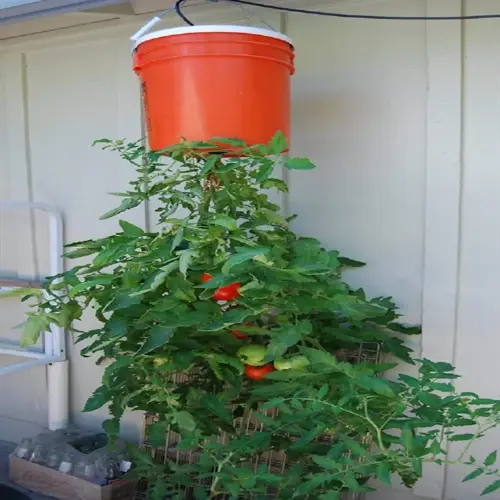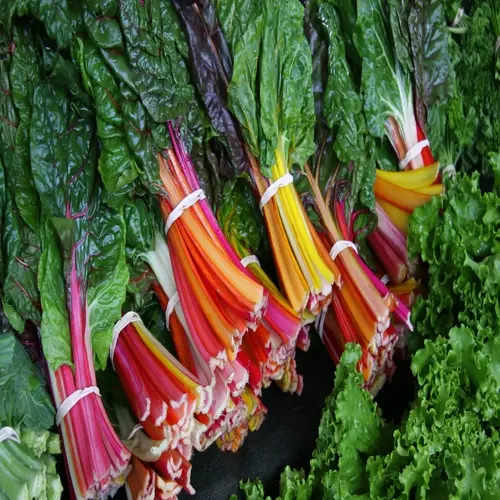How should I prepare soil for tomato planting?

Written by
Benjamin Miller
Reviewed by
Prof. Samuel Fitzgerald, Ph.D.Effective soil preparation gives tomatoes the best chance for success. Plan at least 2-3 weeks before planting to get amendments to work into the soil. Tomatoes need deep, well-draining soil that contains the nutrients they love and is warm. I like to start by clearing the weeds and testing the existing soil. Proper soil prep prevents the most common growing problems later.
Spread 3-4 inches of compost on your planting space. Mix into the first 8-12 inches of soil. Compost amends soil texture and provides slow-release nutrients. I use well-aged plant-based compost. For soils that are heavy in clay, use an extra amount of compost. Compost also helps sandy soils retain moisture.
Test your soil pH with a kit from most garden stores. The ideal pH range for tomatoes is 6.2 to 6.8. If the pH is low, you can add sulfur, or if it is too high, you can add lime. I test multiple areas because pH can vary. Adjustments to pH should be done slowly, following the product label instructions. A proper pH level will enhance the availability of nutrients.
Ensure appropriate drainage with perlite or sand. Heavy soils benefit from 25-30% drainage materials. I use coarse perlite with clay soils. It can also be mixed thoroughly throughout the planting bed. For containers, consider drilling additional drainage holes to improve drainage, poor drainage results in root rot and nutrient lockout, among other plant issues.
2-3 Weeks Before Planting
- Test soil pH and adjust if needed
- Add compost and mix thoroughly
- Apply slow-release fertilizer
1 Week Before Planting
- Cover soil with black plastic to warm
- Check drainage by watering test area
- Add perlite if water pools
Planting Day
- Remove plastic and loosen soil
- Dig holes deeper than root balls
- Add specific amendments like eggshell powder
Use black plastic sheeting to warm soil in cool climates. Cover prepared beds 1 to 2 weeks before planting. This will increase your soil temperatures by 8-10°F (4-6°C). I hold the edges down with rocks. Remove the plastic just before transplanting. Warm roots grow faster initially.
While modifying the soil, include a balanced slow-release fertilizer. Organic fertilizer, such as 5-5-5, is a good option. Distribute it throughout the root zone area. Avoid high-nitrogen types of fertilizers, as they can promote excessive leaf growth rather than fruit production. Proper initial feeding will help you get those seedlings off to a good start, and the roots will not get burned.
Read the full article: How to Grow Tomatoes: Essential Steps for Success

